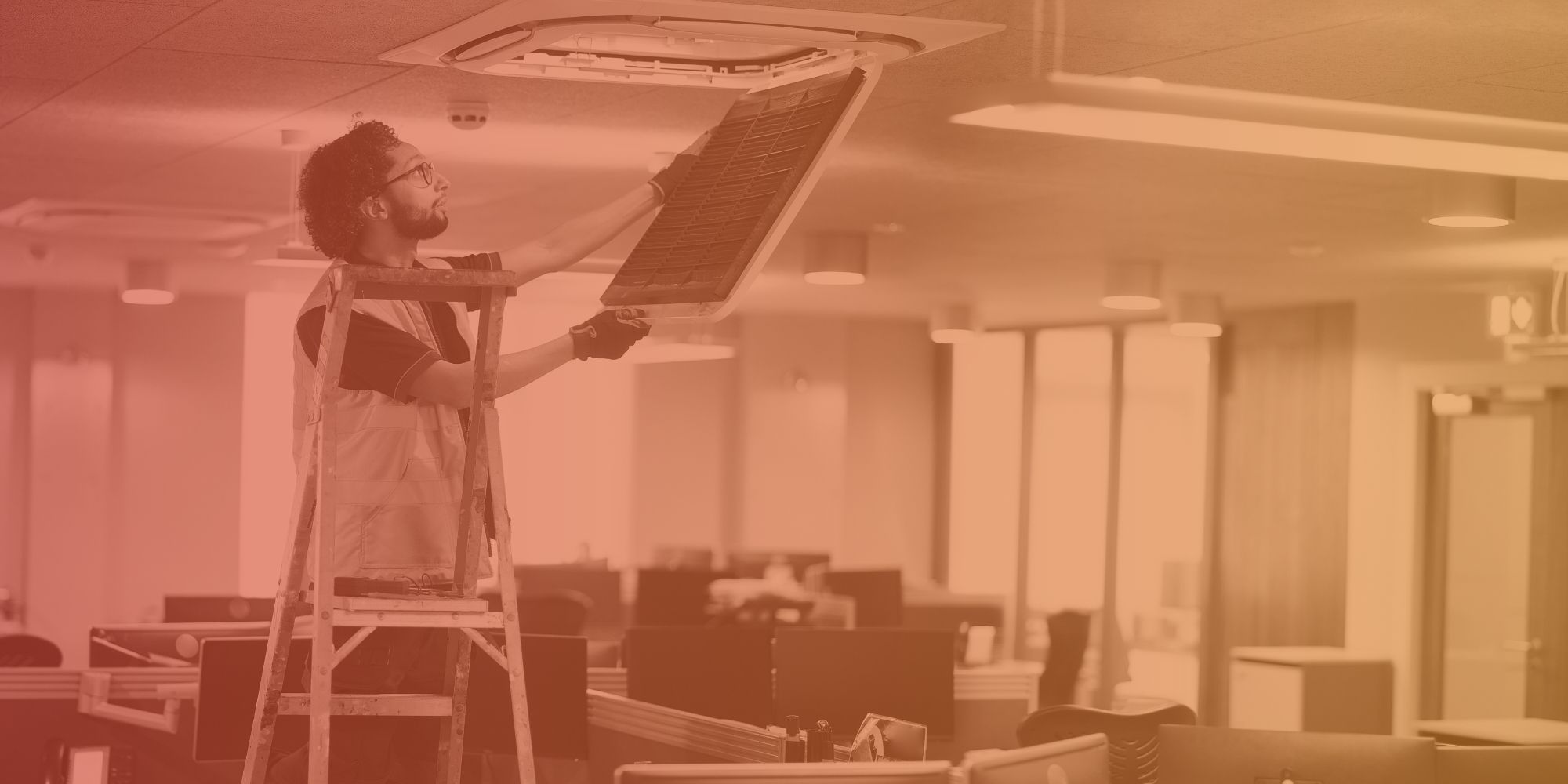How Preventive Maintenance Enhances Tenant Satisfaction

Skilled property management teams understand the benefits of a well-maintained building, which results in enhanced tenant satisfaction. Preventive maintenance plans provide a roadmap to overall building success and augment the enjoyment of tenants.
Let’s explore some of the basics:
What is Preventive Maintenance?
Preventive maintenance focuses on strategic tasks performed to prevent or reveal potential issues before they escalate. Proper planning of preventative maintenance is shown to lengthen equipment lifespans, avoid costly building repairs, and enhance building performance. All of this is great news for the building and its owner, but also provides several benefits to building tenants, including:
Less Disturbance: Preventive maintenance catches small problems before they grow into bigger complications that impact tenants. For instance, fixing a small leak right away is less invasive than replacing large areas of ceiling or carpeting that has been damaged by water due to a large-scale failure. While these incidents occur sometimes, most leaks show themselves in a small way before growing into larger problems. The same is true for many maintenance items. Regular preventive maintenance limits disturbance of tenant activities over time.
Reduced Costs: Regular upkeep of building equipment and systems, common area finishes, building exterior, etc. prevents the slow fade of buildings. Regular wear and tear are easily mitigated with routine maintenance. The reduction in cost is immediately evident as large-scale repairs and improvements are avoided and downtime is reduced.
Amenity Longevity: Whether it is a community outdoor area or shared gym, amenities are important to tenants. Routine repairs and inspections on equipment ensure longevity and reduce spending on replacement and repair. Additionally, preventative care limits downtime needed for restoration services, and amenities are of no value if they are not available to tenants. Regular attention ensures tenants can fully enjoy their building.
Enhanced Comfort: Dependable building systems and equipment provide a level of comfort to tenants in both the home and office. Consistent environmental quality in office space is critical to employee performance. Property management teams that engage tenants to understand usage schedules are ahead of the curve when it comes to preventive maintenance. The feedback supports a tenant community that is comfortable and high performing in their office environment.
Positive Relationships: Whether it is fixing chipped paint or ensuring tenant safety, staying up to date with both property and tenant needs illustrates a dedication to their comfort, safety, and productivity. The relationship that forms often survives renewal cycles and challenging changes.
Tenant Communication: Productive tenant communication is key to performing effective preventive maintenance. It is important to communicate a plan of action for scheduled as well as unplanned maintenance projects, so tenants know what to expect. Having a clear plan of action gives tenants time to adjust their schedules if needed and prepare for maintenance technicians to enter and work in their office.
The Basics of a Preventive Maintenance Plan
Create an organized schedule: Develop a schedule for routine inspections of building systems, safety, exteriors, and finishes. The schedule should reflect building priorities, allocating extra resources and materials for high-use periods, and preparing for simultaneous maintenance requests. When considering timing, consider vendor and tenant availability, and tell tenants what will happen, how long it will take, and why it is important.
Curate a list of prequalified vendors to perform repairs: At Ciminelli, we have a list of pre-qualified vendors we trust for projects and repairs that cannot be performed in-house. In addition, we utilize a web-based system for emergency repairs after hours, ensuring tenant satisfaction 24/7.
Provide clear SOPs: Make sure vendors are operating consistently and effectively on all projects. This certifies tenant expectations will be met quickly, vendor performance can be measured, and an agreed upon outcome is reached.
Regularly review and update maintenance plans: Just like a property needs to be updated, so does its maintenance plan. An outdated plan leads to an outdated property and does not reflect well on overall property management.
Conclusion
Overall, preventive maintenance is a strategy for elevating tenant satisfaction that contributes to the overall success and operation of a property. Of course, preventive maintenance is also good practice for any building and ensures the value of the asset. Investing in this proactive approach not only improves the property’s value but also strengthens tenant relationships resulting in a positive reputation for both the property and the management team behind the scenes.
